Measuring and fitting a bitless bridle: a guide
Whether you are looking to order a new, custom-fit bitless bridle or just want to check your existing one, getting the right fit is vital for both horse comfort and for the bridle to function as intended.
The step-by-step guide below will walk you through the recommended positioning and tightness of bridle straps, standard Inca Equestrian bridle sizing, and how to get the right measurements for a custom bitless bridle.
If you are unsure of your sizing or which bridle to choose, get in touch for assistance.
Fitting a noseband?
We have a separate, shorter guide dedicated to noseband fitting only. If you're looking for your horse's noseband size, check that out.
This guide is intended for bitless bridles that use direct rein pressure: typically sidepulls and hackamores. Other types of bitless bridle, such as rope halters and Bosals, have different fit requirements and should be treated differently.
Bridle fit and positioning
The most important aspect of fitting a bitless bridle is to make sure that your noseband always sits in the 'safe zone' of the horse's head. This is the area of the nose below the end of the cheekbone and above the unsupported tip of the nasal bone.
If you look at the image of a horse's skull below, you can see these areas clearly – and just how quickly the nasal bone tapers away. As a rough guide, any noseband positioned around where a bit would sit in the mouth is putting pressure on the tip of that bone, and anything lower than that point is supported only by cartilage.

The green zone is the ideal area for a noseband to sit. Going through to the red zone, the noseband becomes less and less supported and more and more likely to cause discomfort or pain.
Photo by Benjamin Elliott.
Nosebands that sit too low on the nose – no matter how loosely – put pressure on those delicate facial structures and on the sensitive nerves around the muzzle, which should obviously be avoided.
The rest of your bridle should be fitted as you would a bitted bridle. The headpiece should sit comfortably on the poll without interfering with the ears. The cheekpieces should run parallel to the line of the cheekbone, and sit low enough to be clear of this sensitive area. These straps should be adjusted appropriately to keep your noseband in the correct position.
Finally, the jowl strap should sit mid-way along the cheek and be fitted quite loosely, though tight enough to still prevent the bridle from slipping forward in an emergency. Jowl straps are a much better choice than throat lashes for a bitless bridle, as they provide more protection to stop the cheekpieces moving towards the eye area during use.
Standard bridle sizing
The following measurements are a guide to standard Inca Equestrian bridle sizes. If you order a custom fit bridle, your bridle's straps will be tailored to your horse's exact measurements. Every bridle has room for adjustment up or down from these approximate measurements.
Headpiece + cheekpieces
| Size | Measurement (cm) |
|---|---|
| Pony | 80 |
| Cob | 90 |
| Full | 100 |
| Extra full | 110 |
Jowl strap
| Size | Measurement (cm) |
|---|---|
| Pony | 25 |
| Cob | 35 |
| Full | 45 |
| Extra full | 55 |
Noseband
When you buy a standard Inca Equestrian bridle, you choose your noseband size separately from your bridle size. This is because these two values can vary greatly between horses: for example, a Highland and an Arabian may both fit a Cob bridle, but one may be a Large noseband size, and the other a Small.
To find your horse's noseband size, follow our dedicated guide. Remember to take into account the size of the shanks or rings you will be using (i.e. hackamore or sidepull), as this will affect the size of noseband you need.
Measuring for a custom bridle
To properly tailor your new bridle to your horse, we require the following measurements. All bridles are adjustable on each of the straps, so you'll be able to further refine the fit once your new bridle is in place.
To take your measurements, you can use either a fabric tape measure, or use a piece of string and measure lengths from that.

Headpiece and cheekpieces (yellow lines)
Measure from just below the cheekbone (where your noseband will sit) over the horse's poll to the same point on the other side of the head.
Noseband (purple line)
Measure all the way around your horse's nose, just below the end of the cheekbone.
You will also need to let us know whether you will be using sidepull rings or a hackamore (and if so, which one), as this will affect the required size of your noseband. If you intend to swap back-and-forth between different bridle types, we can adjust accordingly.
Jowl strap (teal line)
Measure from the point of the cheek ring (about halfway along the cheek) under the jaw to the same point on the other side of the head. This measurement should be taken fairly loosely.

